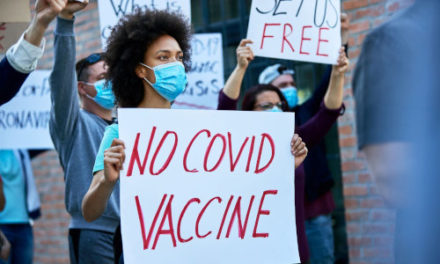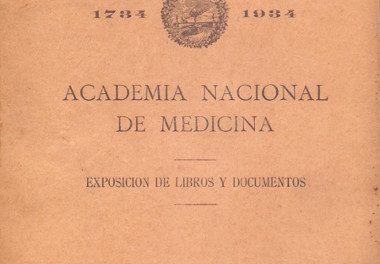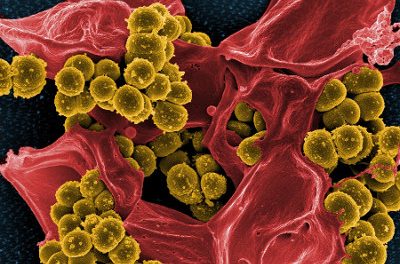 José Ramón Calvo, full academician of the Royal European Academy of Doctors-Barcelona 1914 (RAED) and president of its Institute of International Cooperation, entered on January 24 at the Royal Academy of Medicine of the Basque Country as a corresponding academician during a session that was held in Bilbao. The recipient read the admission speech “Mosquitos invasores: peligros y soluciones desde la ciencia” (Invasive mosquitoes: dangers and solutions from science), which warns of deadly diseases that these insects can transmit through their bite, beyond the usual discomfort and possible skin conditions. Enrique Hilario Rodríguez, the vice-president of the Royal Academy of Medicine, answered on its behalf.
José Ramón Calvo, full academician of the Royal European Academy of Doctors-Barcelona 1914 (RAED) and president of its Institute of International Cooperation, entered on January 24 at the Royal Academy of Medicine of the Basque Country as a corresponding academician during a session that was held in Bilbao. The recipient read the admission speech “Mosquitos invasores: peligros y soluciones desde la ciencia” (Invasive mosquitoes: dangers and solutions from science), which warns of deadly diseases that these insects can transmit through their bite, beyond the usual discomfort and possible skin conditions. Enrique Hilario Rodríguez, the vice-president of the Royal Academy of Medicine, answered on its behalf.
The academician of RAED and new member of the Royal Basque Academy highlighted in his work how, according to the latest calculations of the World Health Organization, mosquitoes currently kill 750,000 and infect about 200 million people with malaria every year around the world. Also, thousands of babies are born with microcephaly from the zika infection of their mothers. Some data that make these insects a serious threat to public health worldwide.
 Doctor in Medicine and professor at the University of Las Palmas de Gran Canaria, the academician began his speech by reviewing the main diseases that mosquitoes can transmit: malaria, zika, dengue, chicungunya, Nile fever, leishmaniasis, yellow fever, encephalitis of La Crosse or filariasis. There have also been cases of coinfection of several of these diseases in a single bite. Fortunately, this only occurs in the areas where these diseases exist, although the presence of tiger mosquitoes in Europe is the clearest proof that the means of transport can transfer thousands of kilometres of both species of insects and diseases that can inoculate with their bites.
Doctor in Medicine and professor at the University of Las Palmas de Gran Canaria, the academician began his speech by reviewing the main diseases that mosquitoes can transmit: malaria, zika, dengue, chicungunya, Nile fever, leishmaniasis, yellow fever, encephalitis of La Crosse or filariasis. There have also been cases of coinfection of several of these diseases in a single bite. Fortunately, this only occurs in the areas where these diseases exist, although the presence of tiger mosquitoes in Europe is the clearest proof that the means of transport can transfer thousands of kilometres of both species of insects and diseases that can inoculate with their bites.
Despite their discomfort and danger to humans, Calvo said that mosquitoes play a role in their ecosystems, such as pollination or the food chain. In terms of his ability to transmit deadly diseases, this can also be considered a natural function. The academician stopped in the examination of three species of particularly dangerous mosquitoes: the Aedes, the Culex and the Anopheles, analysing their diverse strategies. After that he pointed out the main methods of prevention against their bites to conclude with the analysis of diseases such as malaria or malaria and their presence in the different continents.




